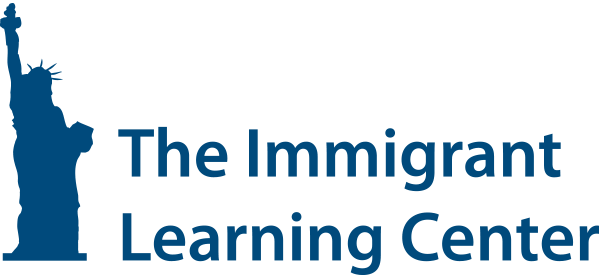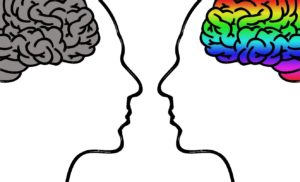
Some researchers contend that in order to create safe and welcoming classrooms, we must dive into what they call implicit bias. But what is implicit bias, and what lessons can we learn from this concept? To answer those questions, we look to presenters Stacy Davison, formerly with the Anti-Defamation League (ADL), and social worker Alaisa Grudzinski, who explained why this is such an important concept in school environments.
What is the concept of implicit bias?
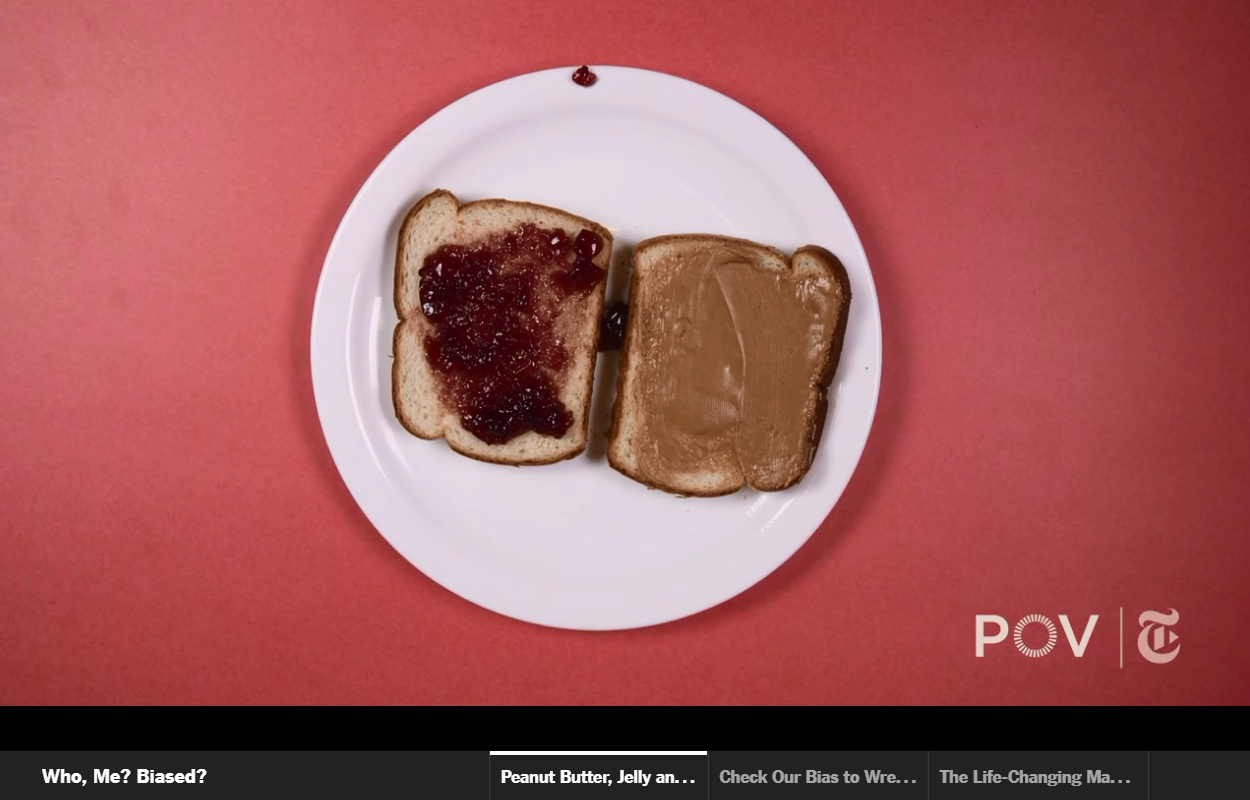
The New York Times‘ video series “Who, me? Biased?” explores these concepts in depth
Davison gives the ADL definition of implicit bias as “the unconscious attitude, stereotypes and unintentional actions (positive or negative) toward members of a group merely because of their membership in that group.”
How does this happen? The human brain is capable of processing about 11 million pieces of information at a time but can only give conscious attention to a handful of those. To handle the rest, some research suggests your brain categorizes information into groups and assigns an instinctive reaction. That’s why the word “jelly” automatically comes to mind when you hear someone say “peanut butter.” It may also explain our unconscious reactions to people of different ethnic backgrounds or immigration status. Bias can often overrule rational thought, causing well-meaning and intelligent people to react in ways that are at odds with their conscious intentions. It’s tempting to believe that implicit bias is only a problem for other people, but some research suggests that people often overestimate their own ability to relate to those who don’t share their background.
Watch Davison’s full presentation, “Patterns and Perceptions: Breaking Down Implicit Bias.”
How might implicit bias affect immigrant students?
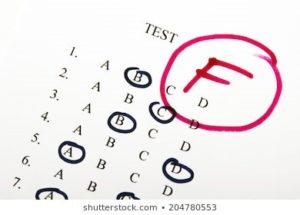 As a group, American teachers are less diverse than the students they teach. As of 2014, about one out of every four, almost 19 million, school-aged children were either first- or second-generation immigrants. This number is increasing every year. Although foreign-born teachers play a crucial role in our education system, only about one in 10 education professionals is an immigrant, and the numbers drop even lower for first through 12th grade teachers and special education teachers. This means that teachers are likely to come from different racial, ethnic and socio-economic backgrounds than many of their students. This lack of diversity creates a challenge for students of color, who perform better with teachers of the same background. To mitigate divisions and stereotyping in diverse classrooms, some experts advise teachers to become aware of implicit bias in themselves and others.
As a group, American teachers are less diverse than the students they teach. As of 2014, about one out of every four, almost 19 million, school-aged children were either first- or second-generation immigrants. This number is increasing every year. Although foreign-born teachers play a crucial role in our education system, only about one in 10 education professionals is an immigrant, and the numbers drop even lower for first through 12th grade teachers and special education teachers. This means that teachers are likely to come from different racial, ethnic and socio-economic backgrounds than many of their students. This lack of diversity creates a challenge for students of color, who perform better with teachers of the same background. To mitigate divisions and stereotyping in diverse classrooms, some experts advise teachers to become aware of implicit bias in themselves and others.
Grudzinski notes, “Our own racial identities are framing the way that we perceive students’ racial identities, students’ experiences.” Even the best intentioned of educators can make generalizations about their students’ ideas, experiences and abilities. One common problem Grudzinski noted was based on a positive association, the belief that Asian students are better at math. Asian students who struggle in math often don’t receive the help they need because teachers assume they don’t need it. Teachers who are aware of such potential subconscious biases can find a way to counteract them and see past the stereotype to extend a helping hand to their students.
How do you examine implicit bias?
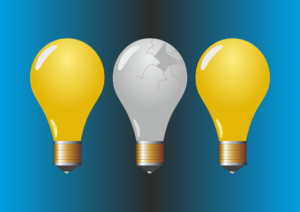 Having a thorough understanding of the concept of implicit bias is essential. Davison recommends watching a short series of videos from The New York Times called “Who, Me? Biased?” that breaks down common forms of bias and the reasons why people are susceptible to them. One form of bias mentioned in the series is called a blind-spot, the tendency for individuals to see prejudiced action in others but not in themselves. Educators and school districts may consider an in-depth training on implicit bias offered by organizations like the ADL or Learning for Justice.
Having a thorough understanding of the concept of implicit bias is essential. Davison recommends watching a short series of videos from The New York Times called “Who, Me? Biased?” that breaks down common forms of bias and the reasons why people are susceptible to them. One form of bias mentioned in the series is called a blind-spot, the tendency for individuals to see prejudiced action in others but not in themselves. Educators and school districts may consider an in-depth training on implicit bias offered by organizations like the ADL or Learning for Justice.
The best thing you can do to counteract biases is to build relationships across ethnicity, age and immigration status. If you have immigrant students in your classroom, make a habit of going to events in those students’ communities. Reach out to your peers or community leaders in different ethnic, immigration status or cultural groups. If you’re used to mostly being with people who are like you, it may sound uncomfortable to go places where you are the minority. Research suggests you can reduce the awkwardness by addressing it head-on. Making a genuine effort to better understand your students will be seen as a sign of respect.
What other strategies can combat implicit bias?
 Regularly engage in self-reflection, examining your own perceptions and the influences that form them. Do your patterns of perception and reaction accurately represent your values and your care for your students? Remember that having biases doesn’t make you a “bad” person. According to the concept of implicit bias, it is an inherent part of human thinking. So let yourself relax, especially since it’s been shown that humans are more likely to show bias when they are tired, hungry or stressed!
Regularly engage in self-reflection, examining your own perceptions and the influences that form them. Do your patterns of perception and reaction accurately represent your values and your care for your students? Remember that having biases doesn’t make you a “bad” person. According to the concept of implicit bias, it is an inherent part of human thinking. So let yourself relax, especially since it’s been shown that humans are more likely to show bias when they are tired, hungry or stressed!
Your most important tool, real relationships with diverse people, is something that will gradually become a part of your daily routine and patterns of thought. It’s also a good idea to stimulate positive associations. Davison brought up a sign at the entrance of her son’s elementary school that reads “Respect, Responsibility, Regard,” and showed how it helped the community to remember those values.
More resources
Sign up to receive information about the next educator webinar.
Sign-up for our newsletter for more resources like this.
